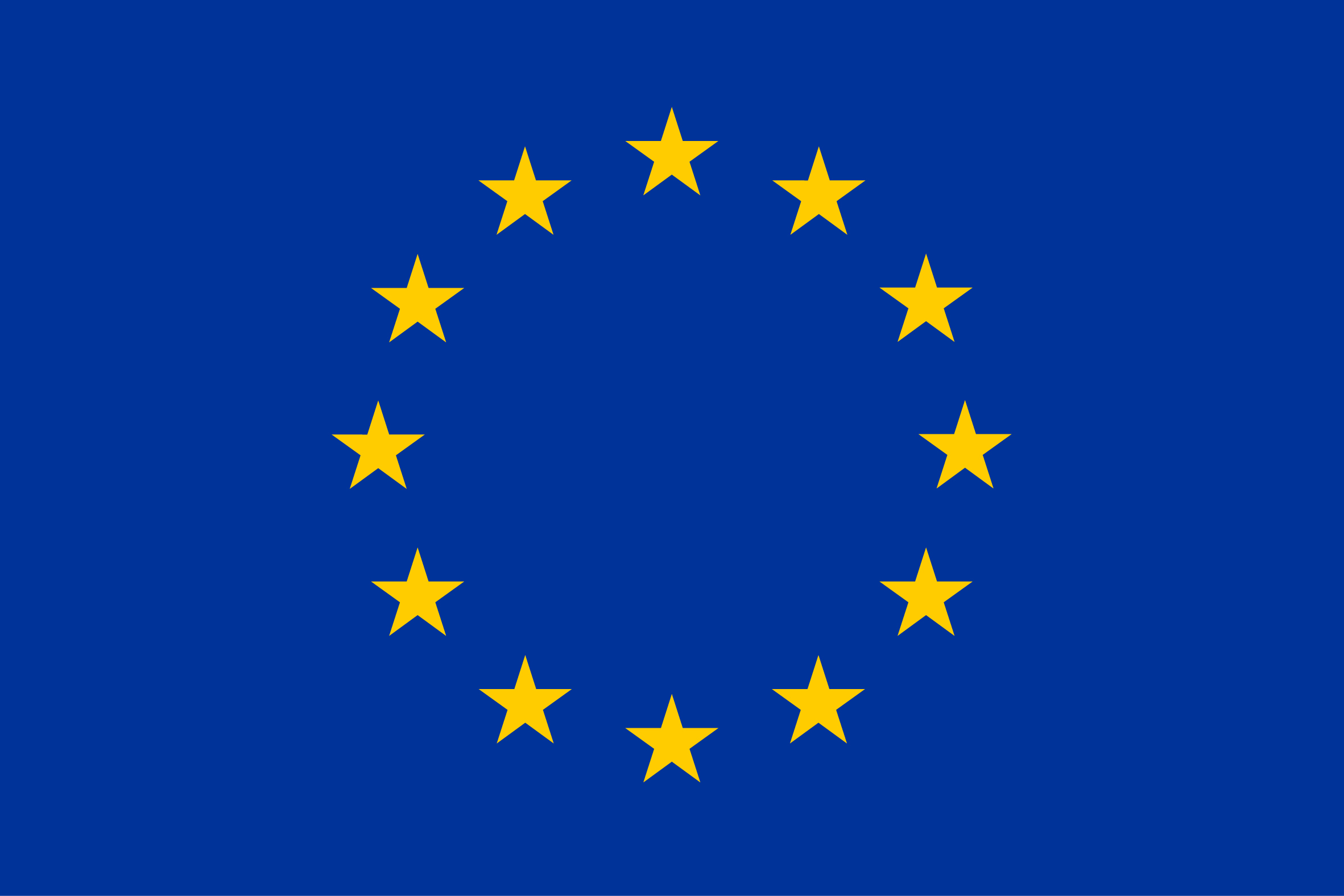Marinhekman (talk | contribs) |
Marinhekman (talk | contribs) |
||
| Line 1: | Line 1: | ||
On this page, you'll learn: | On this page, you'll learn: | ||
*How to install the MSP Challenge client for Windows | *[[How to install the MSP Challenge client for Windows]] | ||
*How to install the MSP Challenge client for macOS | *[[How to install the MSP Challenge client for macOS]] | ||
*How to install your own MSP Challenge server to host sessions | *How to install your own MSP Challenge server to host sessions | ||
Not supported anymore, but still available up to version 4.0.2 : | Not supported anymore, but still available up to version 4.0.2 : | ||
* How to install the full MSP Challenge Simulation Platform | * [[How to install the full MSP Challenge Simulation Platform]] | ||
== How to install your own MSP Challenge server to host sessions == | == How to install your own MSP Challenge server to host sessions == | ||
| Line 33: | Line 21: | ||
Once installation is finished, the first thing to do is to navigate to your Server Manager web application in your browser. The address to this will depend on the fully-qualified domain name you used during setup. The address will be something like '''https://[fully.qualified.domain.name]/ServerManager''' In the case of our demo server, that's https://server.mspchallenge.info/ServerManager for example. Just open it in your browser, and then follow the instructions here on [[Setting up your own server|how to control your own MSP Challenge server]]. | Once installation is finished, the first thing to do is to navigate to your Server Manager web application in your browser. The address to this will depend on the fully-qualified domain name you used during setup. The address will be something like '''https://[fully.qualified.domain.name]/ServerManager''' In the case of our demo server, that's https://server.mspchallenge.info/ServerManager for example. Just open it in your browser, and then follow the instructions here on [[Setting up your own server|how to control your own MSP Challenge server]]. | ||
=== Upgrading from a previous version === | === Upgrading from a previous version === | ||
Revision as of 16:50, 4 September 2025
On this page, you'll learn:
- How to install the MSP Challenge client for Windows
- How to install the MSP Challenge client for macOS
- How to install your own MSP Challenge server to host sessions
Not supported anymore, but still available up to version 4.0.2 :
How to install your own MSP Challenge server to host sessions
Only install the server if you intend to turn your computer into a server, i.e., a computer open to participants with the client to connect to, thus a computer open to outside connections.
This section pertains to fresh installations (so not upgrades) through Docker on Linux or Windows only. We have supported Docker since version 4.0.0.
If you're interested in running the Server through Docker, we assume a (basic) system administrator's level of expertise. In other words, we assume you are a bit familiar with Docker itself.
On Linux, you can follow the instructions on this separate page to set this all up.
For Windows, you can download and install the Docker Desktop application, and use the default installation settings. Then you can/should still open up a Git Bash command-line app and follow the same instructions as explained above concerning Linux, starting from 'Now obtain the MSP Challenge Server code'.
You can, if you want, hire a virtual machine from a service such as Microsoft Azure, and install the server on there using Docker. We have done this at BUas many times. Here's a page about using Microsoft Azure to do this.
Once installation is finished, the first thing to do is to navigate to your Server Manager web application in your browser. The address to this will depend on the fully-qualified domain name you used during setup. The address will be something like https://[fully.qualified.domain.name]/ServerManager In the case of our demo server, that's https://server.mspchallenge.info/ServerManager for example. Just open it in your browser, and then follow the instructions here on how to control your own MSP Challenge server.
Upgrading from a previous version
When you already have a previous version of the server software (and the rest of the full platform) installed, you should first uninstall it and then install the newest version.
This means that absolutely everything will be replaced and upgraded. You'll lose your existing MSP Challenge sessions!
So... IMPORTANT! You'll have to backup your existing MSP Challenge sessions using the Save feature of the Server Manager application, and by then downloading the ZIP file to your computer. Make sure the save and download work, by reuploading the saved ZIP and reloading the saved session. Did everything work? Then you're ready for the upgrade.
You'll be able to re-upload the ZIP file again after the upgrade, and then you'll be able to reload a session using that save.
Note: after upgrading, if the Server Manager returns errors, it might require a 'hard refresh'. Press the Shift key and click on the Refresh button in your browser while logged on to the Server Manager to do this.
 Co-funded by the European Union.
Co-funded by the European Union.